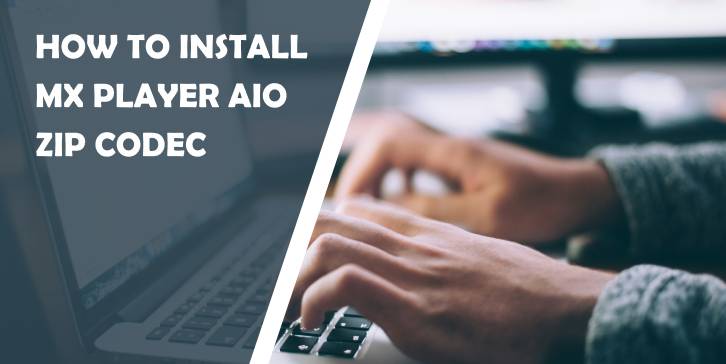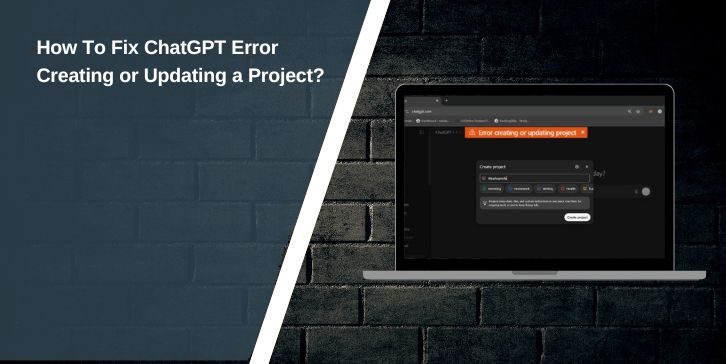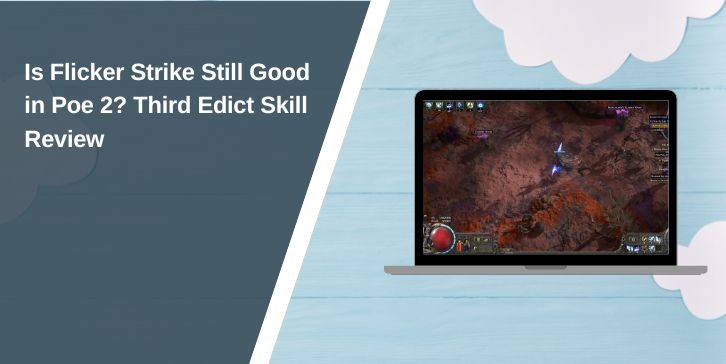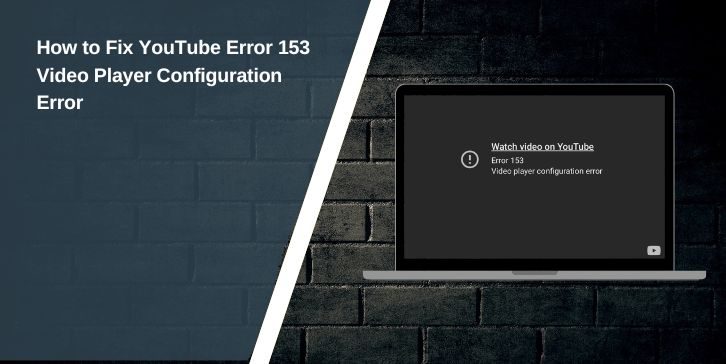In the vast landscape of digital entertainment, where streaming options abound and media formats seem to multiply by the day, having a reliable player that can handle it all is no longer just a luxury—it’s a necessity. Enter MX Player, a favorite among many for its sleek interface and robust performance. But what happens when your viewing experience is marred by playback issues or missing codecs? Fear not! This guide will walk you through the seamless installation of the MX Player AIO Zip Codec, transforming your media library into an uninterrupted haven of cinematic delight.
Imagine diving into that long-awaited movie night only to be met with frustrating error messages or choppy playback. The solution lies in understanding codecs—the unsung heroes behind media decoding—and how to integrate them effortlessly into your MX Player setup. Whether you’re an avid film buff or simply looking for ways to enhance your streaming experience, mastering this codec installation will empower you to unlock a world of high-definition content without complications. Get ready to elevate your viewing pleasure with expert tips and straightforward steps!
Why Use AIO Zip Codec for MX Player?
When it comes to maximizing the performance of MX Player, integrating the AIO Zip Codec can significantly enhance your viewing experience. This codec not only expands the range of video formats that MX Player can effortlessly play but also optimizes audio synchronization and overall playback quality. Imagine watching your favorite movies with crystal clarity and perfectly synced sound—this is what AIO Zip Codec brings to the table.
Moreover, one standout feature of AIO Zip Codec is its ability to handle high-definition content smoothly on devices that might struggle with native coding solutions. By offloading some processing tasks from your device’s CPU to this specialized codec, you enjoy smoother playback without irritating lags or buffering issues. This makes it an ideal choice not just for casual viewers but also for audiophiles and movie buffs who demand the best in visual fidelity and sound quality. With AIO Zip Codec integrated into MX Player, you’re not just watching a film; you’re immersing yourself in a high-quality cinematic experience that your device was meant to deliver.

System Requirements for Installation
Before diving into the installation of MX Player AIO Zip Codec, it’s essential to ensure that your system meets the necessary requirements for seamless integration. Firstly, make sure you have an updated version of the MX Player app installed on your device. It’s designed to work best on Android 4.1 and above, so devices running older operating systems might encounter compatibility issues. Additionally, having at least 1 GB of RAM is recommended to allow the codec to function optimally without causing lag during playback.
Furthermore, consider available storage space; a minimum of 50 MB is advisable to accommodate the codec files. Users with devices that have limited internal storage should also be aware that installing too many codecs can lead to clutter and reduced performance over time. For those who enjoy high-definition content or use features like multi-core decoding, ensuring your device supports hardware acceleration will vastly improve video playback quality. By checking these specifications ahead of time, you can enhance your viewing experience and minimize potential frustrations during installation.
Downloading the AIO Zip Codec File
When downloading the AIO Zip Codec file, it’s essential to ensure you’re choosing a reliable source to avoid potential malware or outdated versions. The official website or reputable forums often host these codecs, providing an added layer of security. As you navigate through the download process, pay attention to both file size and version compatibility—these factors can play a significant role in how well your videos will stream on MX Player.
Once successfully downloaded, unzip the AIO file using any standard extraction tool. This step reveals various codec files that facilitate different formats and enhancements for your video playback experience. It’s fascinating how these small packages can enhance audio-visual quality dramatically, making even older content feel fresh again. Consider experimenting with different settings within MX Player after installation; tweaking audio settings or subtitle synchronization can make a world of difference in your viewing pleasure!

Enabling Unknown Sources on Your Device
Enabling unknown sources on your device is a crucial step for installing third-party applications, such as MX Player AIO Zip Codec. While this process may seem daunting at first, it opens up a world of possibilities that standard app stores often overlook. By allowing installations from unknown sources, you’re not just gaining access to apps; you’re empowering yourself with tools and features that can significantly enhance your media experience.
Consider this: the flexibility of using third-party apps can transform how you consume content. You may find codecs that improve playback quality or enable formats otherwise unsupported by default players. However, it’s essential to navigate this process mindfully—maintaining security should remain paramount in your journey towards customization. With a few simple taps in your settings menu, you can balance risk with reward and truly personalize your device to fit your unique viewing habits.
Step-by-Step Installation Guide
To successfully install the MX Player AIO ZIP Codec, start by ensuring that your device is properly set up. Before diving into the installation process, it’s crucial to allow installations from unknown sources within your device’s settings. This step opens up a world of possibilities and ensures you won’t hit any roadblocks during the installation. Navigate to Settings > Security > Unknown Sources and toggle it on; this simple action can save you time and frustration later.
Once that’s done, download the AIO ZIP Codec file directly from a reputable source—be mindful of where you’re sourcing it to avoid malware or potential issues. After downloading, locate the file in your device’s file manager and tap on it to initiate the installation. Follow any prompts until completion; what may seem like a straightforward task can sometimes present unique challenges depending on your device model or Android version. When installation finishes, return to MX Player settings and select Codec to confirm it’s been successfully recognized—this final check ensures seamless playback across various formats, enhancing your viewing experience significantly. With these steps complete, you’re now ready to enjoy an expansive library of media without interruption!

Configuring MX Player After Installation
Once you’ve successfully installed the MX Player alongside the AIO ZIP Codec, it’s time to dive into the configuration settings that will elevate your viewing experience. Begin by navigating to the app’s settings menu—this is where you can unlock its full potential. One key aspect is customizing video playback options; tweaking parameters like ‘swipe to seek’ and ‘zoom’ can help you tailor how content fits on your screen. If you’re a fan of subtitles, don’t overlook the subtitle settings—here, you can adjust font styles, sizes, and colors to ensure clarity without detracting from your visual experience.
Additionally, exploring audio format options is a game-changer for audiophiles. MX Player supports various audio codecs, allowing for enhanced sound quality during playback. For those who prefer some background ambience while binge-watching their favorite series or films, configuring surround sound options can truly immerse you in the action. Don’t forget about casting features; setting up local network streaming can enable seamless access to media files from other devices on your home network—ideal for sharing content with family or friends without any fuss.
Conclusion: Enhancing Your MX Player Experience
To truly elevate your MX Player experience, it’s essential to explore the robust features and settings that this versatile media player offers. Beyond just installing the AIO Zip Codec, delve into customizing audio and video settings to suit your unique preferences. Adjusting parameters like brightness, contrast, and playback speed can significantly enhance how you engage with content, making it feel tailor-made for you.
Moreover, take advantage of MX Player’s gesture controls for seamless navigation; swipe gestures can simplify volume adjustments or subtitle enhancements without interrupting your viewing pleasure. Integrating external subtitle options enriches foreign films and adds depth to your cinematic journey. Finally, considering using shared playlists creates a community vibe—whether you’re enjoying an old classic or new release among friends or family—and sharing recommendations can make movie nights even more special.
By embracing these techniques and exploring every feature available in MX Player, you’ll not only transform how you consume media but also rediscover the joy of storytelling through a personalized lens. Ultimately, enhancing your experience opens up new avenues for enjoyment that go far beyond simply pressing play.





Comments are closed.